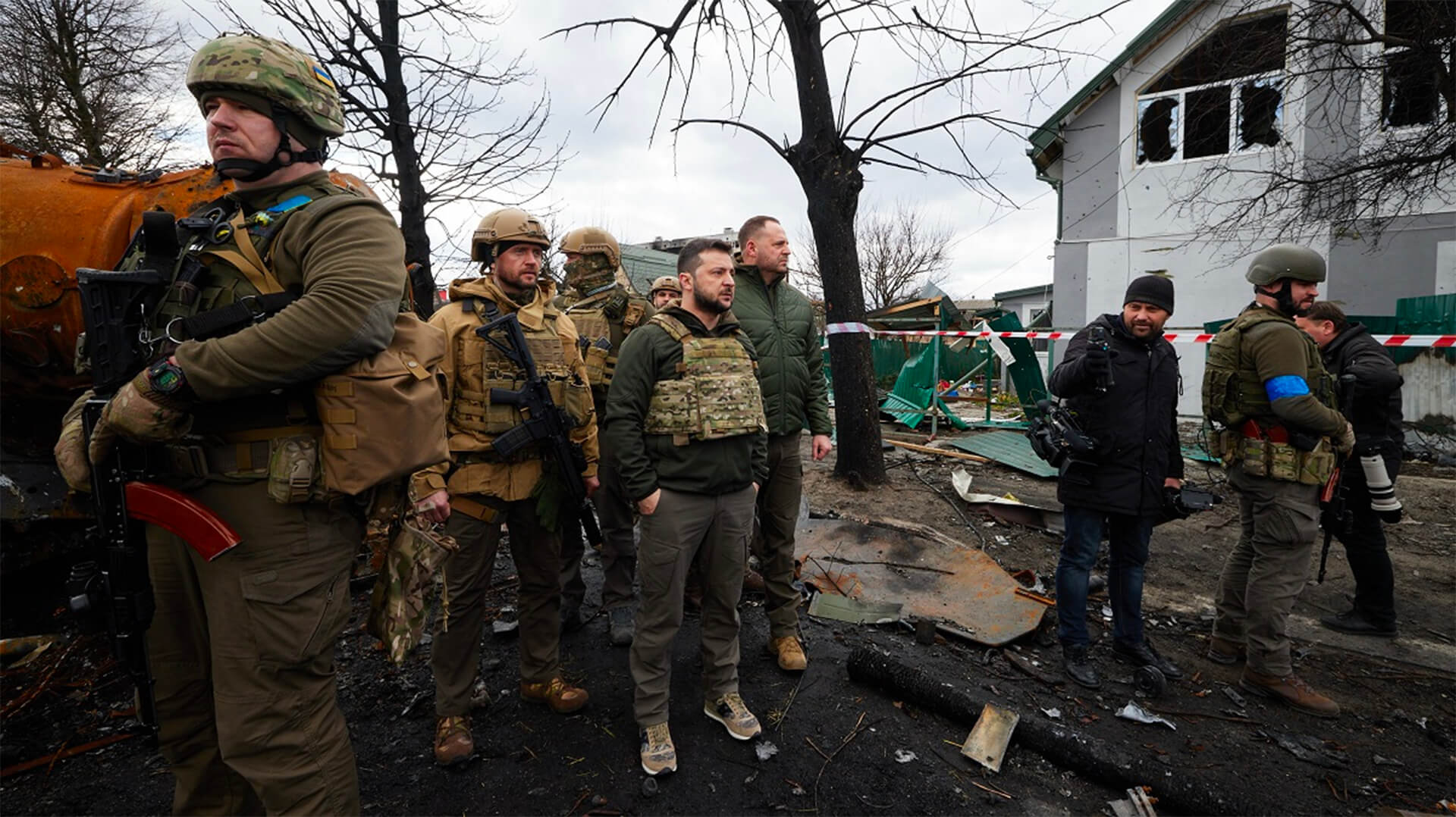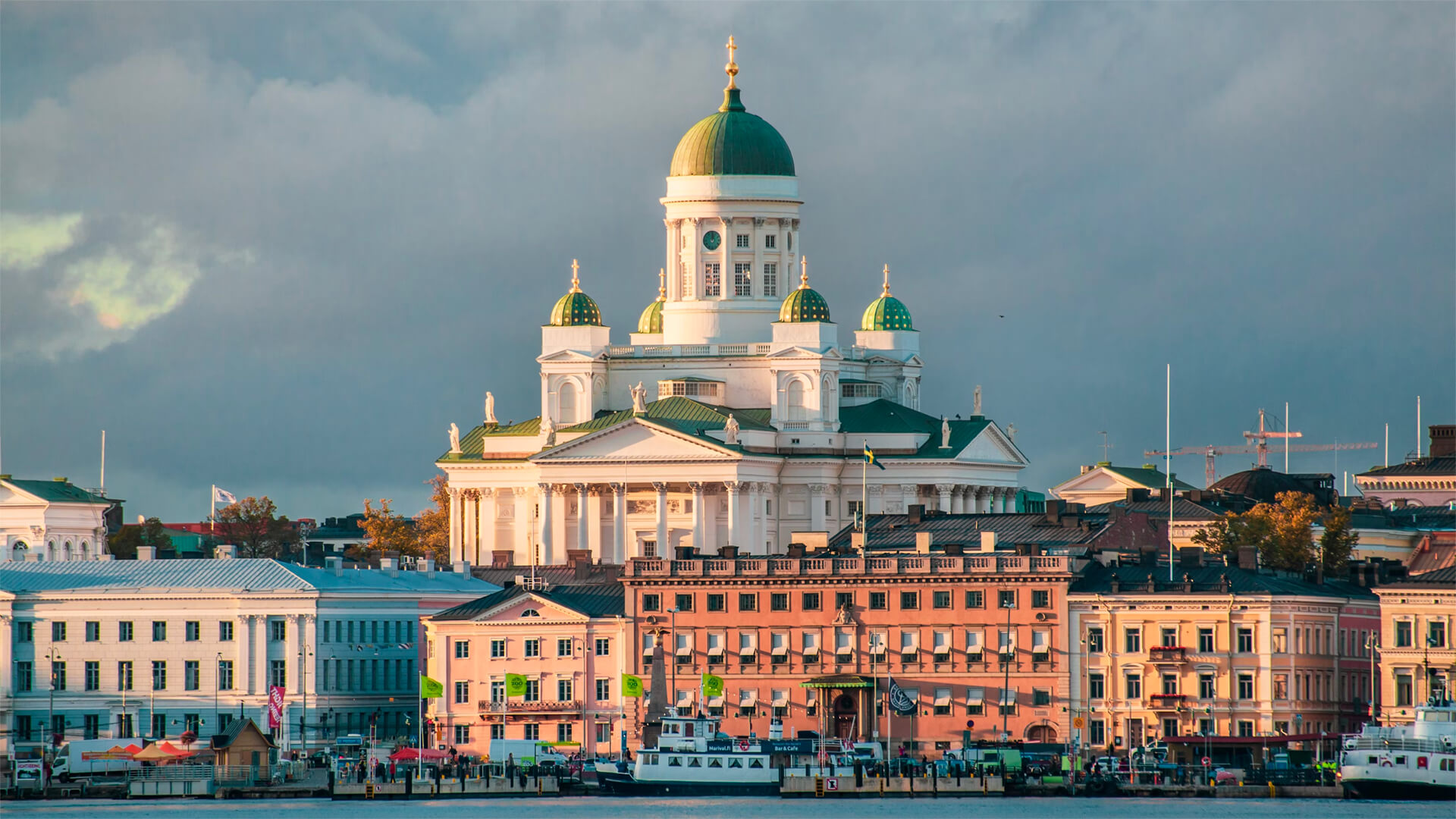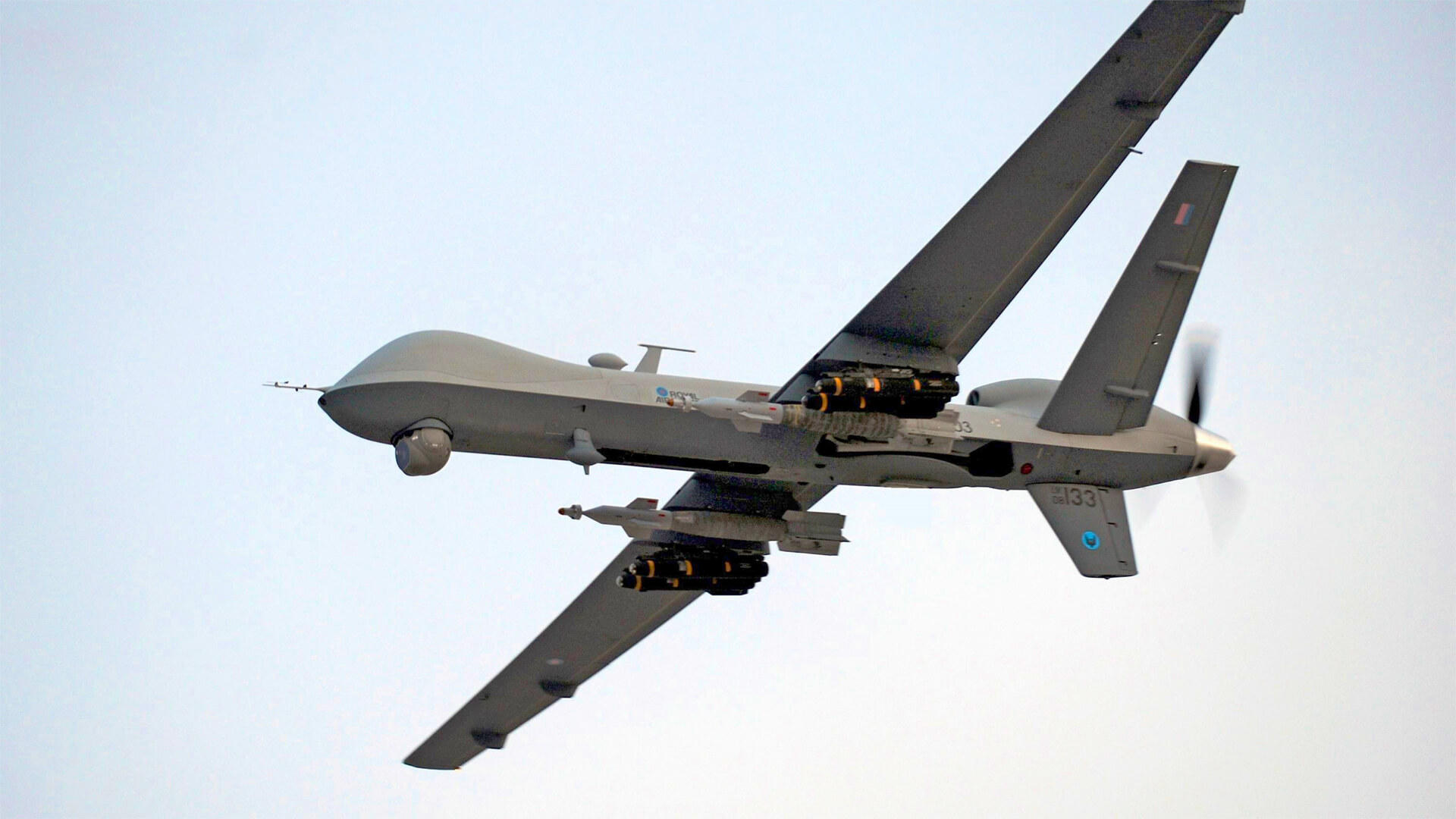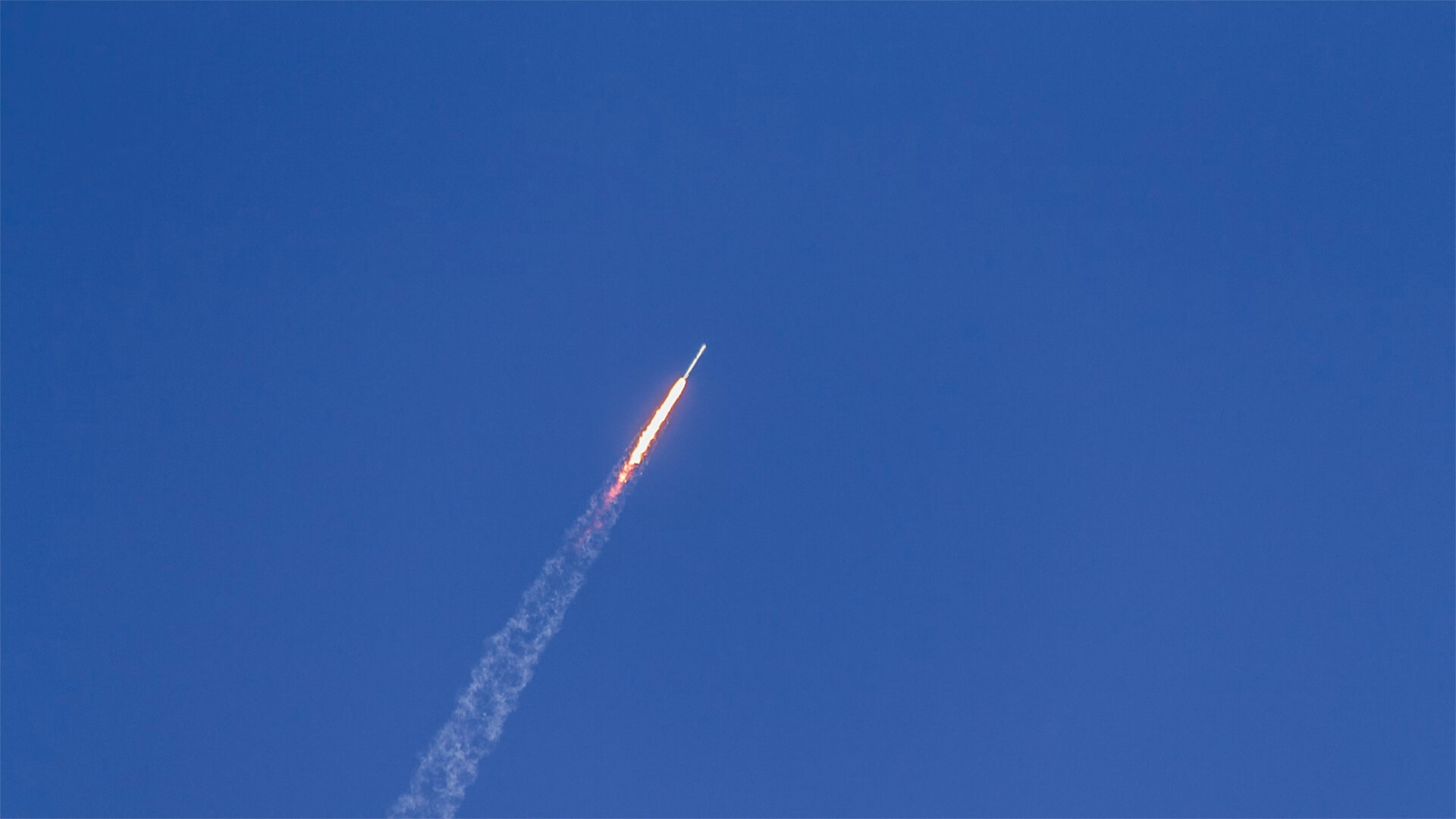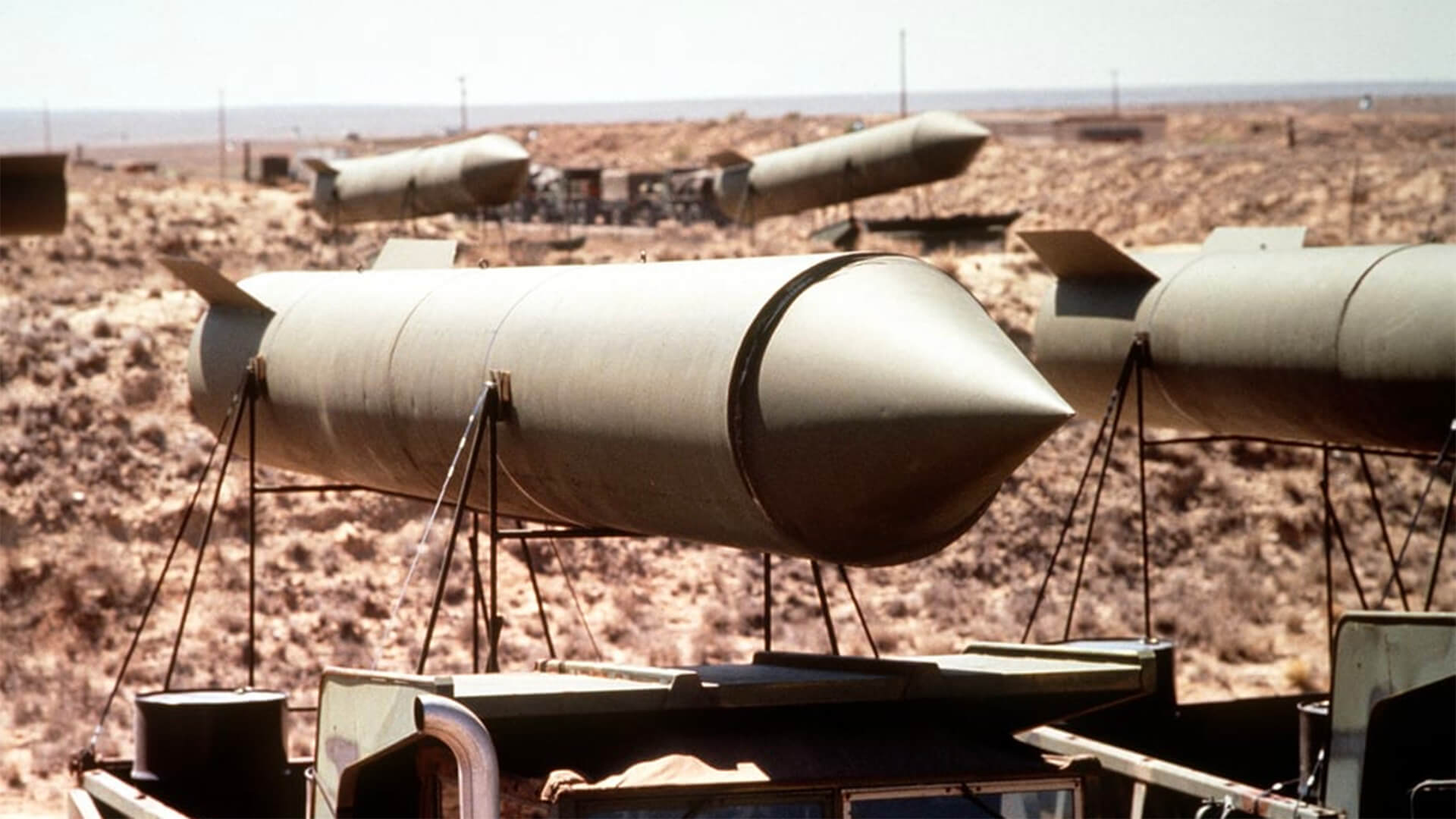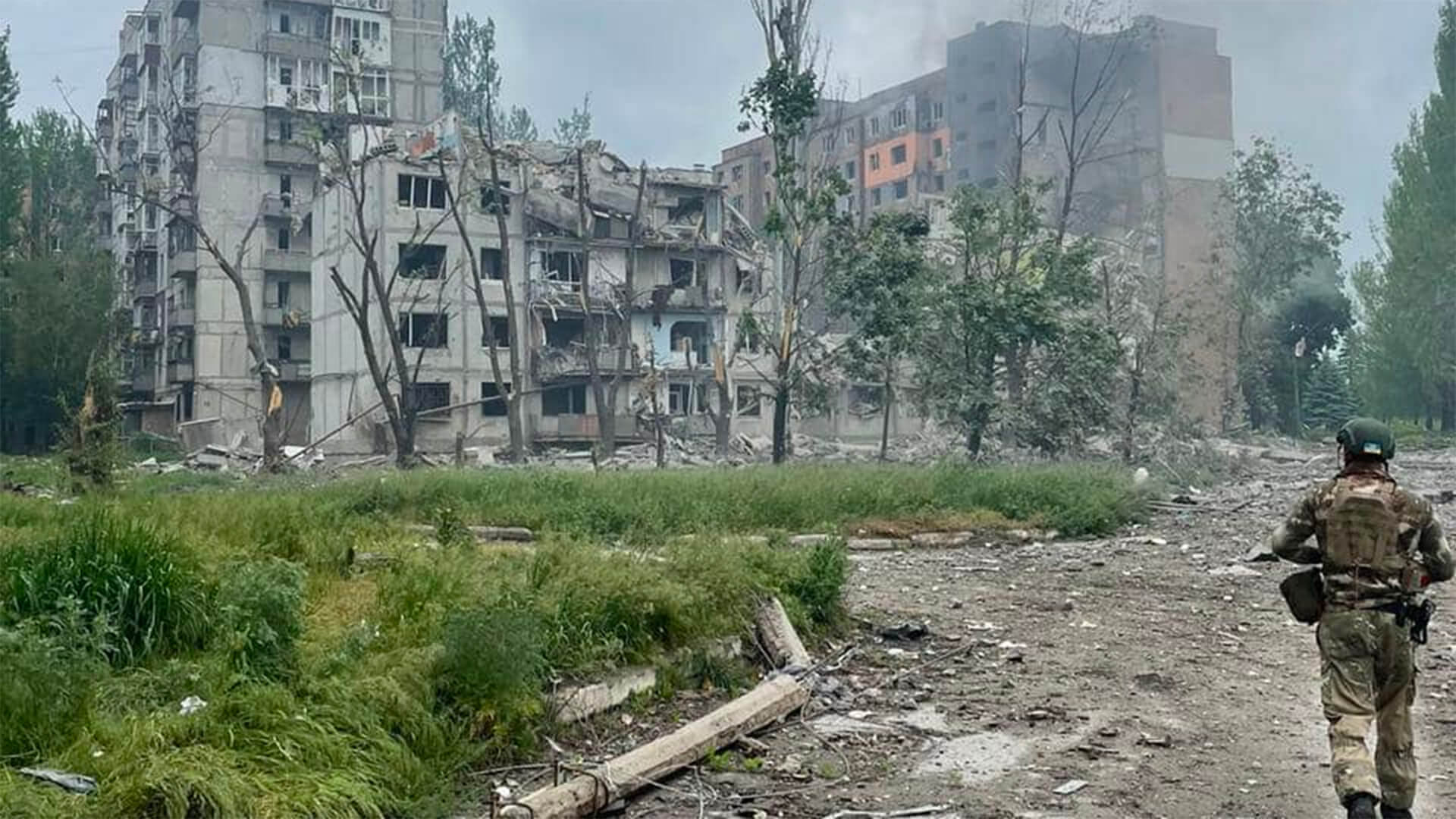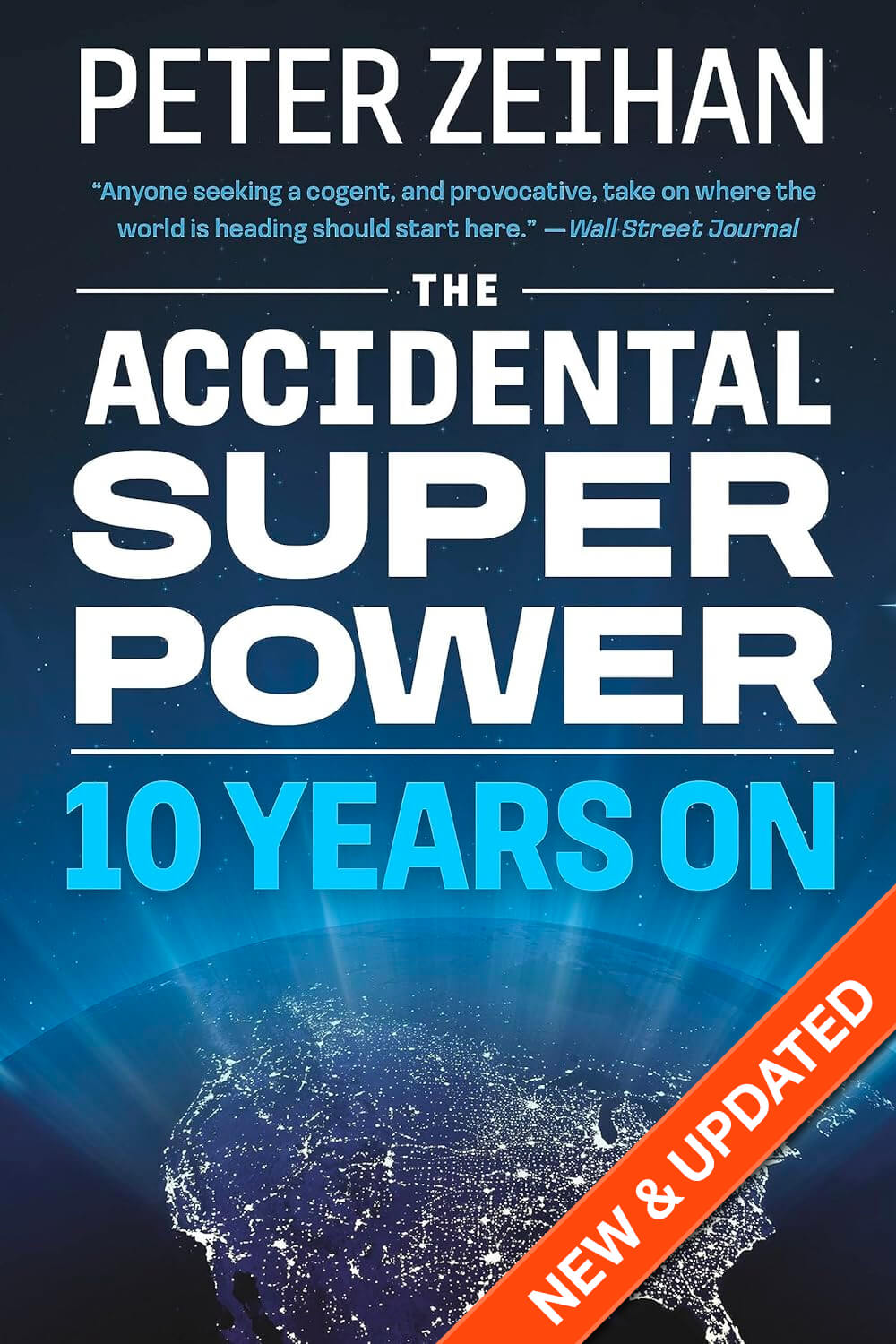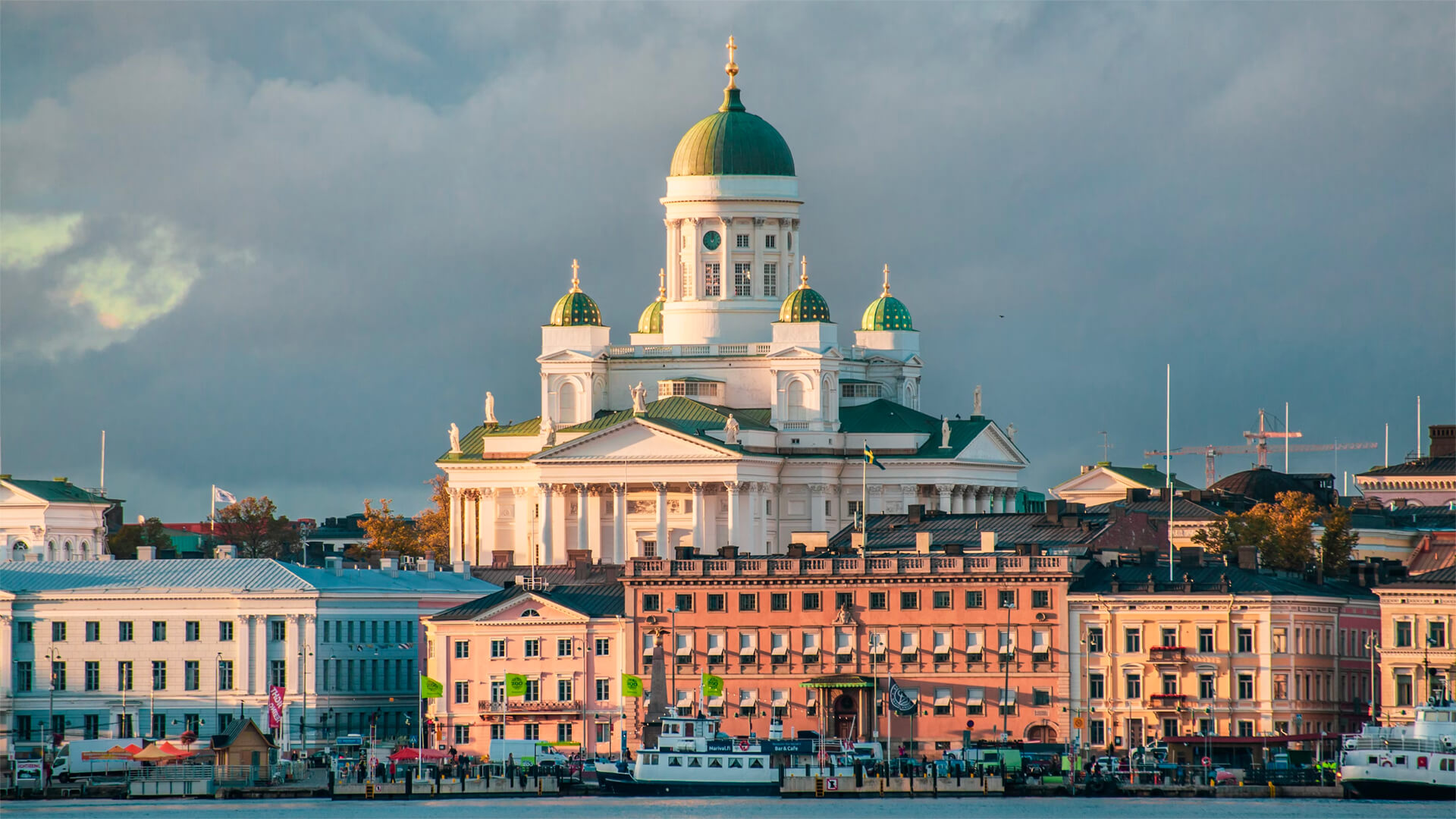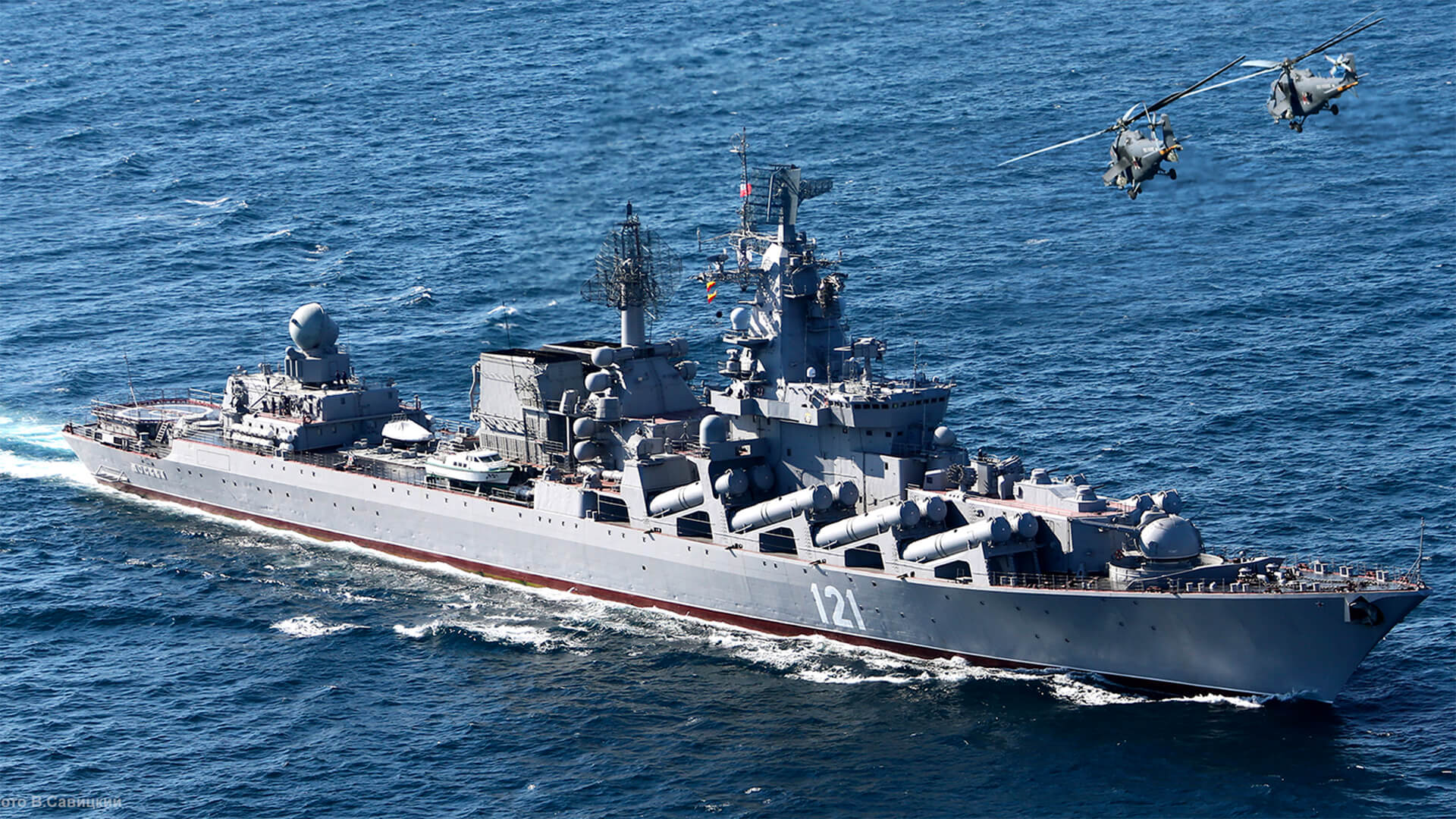We are taking a question from the ‘Ask Peter’ forum today – am I worried about Ukraine’s dwindling weapon’s supplies in light of what’s going on with the US Congress? Yes, yes I am.
Ukraine’s supplies are running out and there’s a dozen or so Republican’s blocking anything from being passed in Congress, so that means no more ammo for Ukraine. However, this isn’t isolated to things involving Ukraine, these Republicans are blocking everything they disagree with. So, this is a problem for everything and everyone.
Sure, we’ve seen unproductive Congresses before, but in case you haven’t flipped on the news in a while – there’s plenty going on. The real kicker is that I don’t see this resolving itself anytime soon. I’m sure people will try to step across the aisle and work something out, but the extremes from both sides will be sure to stomp that out ASAP.
Unless we see some true bipartisan cooperation, the dysfunction we’re seeing in Congress will only get worse. Hopefully, we don’t have to wait for the November elections to sort this out, but I wouldn’t be surprised.
Here at Zeihan On Geopolitics we select a single charity to sponsor. We have two criteria:
First, we look across the world and use our skill sets to identify where the needs are most acute. Second, we look for an institution with preexisting networks for both materials gathering and aid distribution. That way we know every cent of our donation is not simply going directly to where help is needed most, but our donations serve as a force multiplier for a system already in existence. Then we give what we can.
Today, our chosen charity is a group called Medshare, which provides emergency medical services to communities in need, with a very heavy emphasis on locations facing acute crises. Medshare operates right in the thick of it. Until future notice, every cent we earn from every book we sell in every format through every retailer is going to Medshare’s Ukraine fund.
And then there’s you.
Our newsletters and videologues are not only free, they will always be free. We also will never share your contact information with anyone. All we ask is that if you find one of our releases in any way useful, that you make a donation to Medshare. Over one third of Ukraine’s pre-war population has either been forced from their homes, kidnapped and shipped to Russia, or is trying to survive in occupied lands. This is our way to help who we can. Please, join us.
TranscripT
Hey everyone. Peter Zeihan here. Coming to you from Calais at the southern point of the island of Hawaii. Got the slopes up on a lower behind me, the larger volcano here. I am going to take something from our Ask Peter Forum. We’re going to put that link here at the end of the video too, in case you are sending your own questions.
And it’s am I worried about Ukraine in the light of what has become an American boycott on weapons supplies? Yes. Yes, I am. The Ukrainians are running out of ammo. There’s no way they could produce enough to support the war themselves. And the Russians are mustered. A fresh human wave. And, you know, human waves are very vulnerable to mass fire, but you have to have ammo for that to work.
So there are some concerns. We might be seeing a turning point in the war here in the next few weeks if something doesn’t change. But what is going on is we’ve got a dozen roughly Republicans on the right who are blocking anything from happening in Congress that they don’t agree with. And so this is not a Ukraine problem.
This is an everything problem. These few reps are blocking anything on any issue. So we’ve got programs that need to be addressed, not just Ukraine, but aid for Taiwan against China, aid for Israel, against Hamas, others issues with health care and business reform and criminal justice before the Senate, the defense system and the budget, every single thing has been dropped.
It’s not that these folks oppose Ukraine per se. It’s they oppose anything that isn’t exactly their way. So I call them the Greenpeace faction of the Republican Party because they just hate everyone. This means that this Congress has been the least productive in American history at this stage. And Congress a little bit more than halfway through their session.
We’ve only passed about 20% of the bills that the second the least productive Congress in history has passed. So this is an issue of big government versus small government. This is just an issue of dysfunction and it’s a problem for everybody. Now, I don’t think it’s going to get any better any soon. When the Republic ends didn’t do very well.
And last midterms, the hope of getting a big majority vanishes. They had a very slim minority beginning, and they have seen that minority shrink down in part, it’s because they’ve cannibalize their own. This faction of Republicans forced out the former Speaker McCarthy from California. And so he just quit. He left the House altogether, leaving that seat open. We’ve had another couple of resignations since.
And then the Republicans purged one of their own, a Republican, Santos of New York four. Let me make sure I get this right. Using campaign finance to purchase gay fetish foot Port Arthur can’t make a shit on any hill. What it means is not just that the margin that the Republicans have in the majority has gotten smaller and smaller.
Worse than it sounds. Because to pass something in Congress, you don’t need a majority of the votes. You need a majority of the seats. And so every empty seat kind of acts as a quasi vote against the majority. So they only have a Republican that only have a margin of two. They can only lose one vote if they still want to get things passed.
That makes each individual faction, including the Greenpeace faction, more powerful. So this is going to go one of two ways. Number one, they’re going to continue to stall everything. And this Congress will go down in history as the most pathetic ever until we have general elections a year from now, November and the new Congress would set in January, or the bulk of the Republicans reach across the aisle and start cutting deals with centrist Democrats.
Now, that’s not as easy as it sounds. There’s a lot of minutia, there’s a lot of politics, there’s a lot of noise. And in the environment that we’re in right now, anyone who reaches across the aisle is inviting a primary challenge from the freak wings of their parties, whether it’s the Greenpeace faction of the Republicans or the squad version of the Democrats.
So none of these are easy decisions, but they do suggest that drama in Congress is going to increase or rather than decrease in the months ahead. And that’s not just bad for Ukraine, that’s bad for everyone except for the Chinese who think this is fair test. All right. That’s it for me. Take care.

